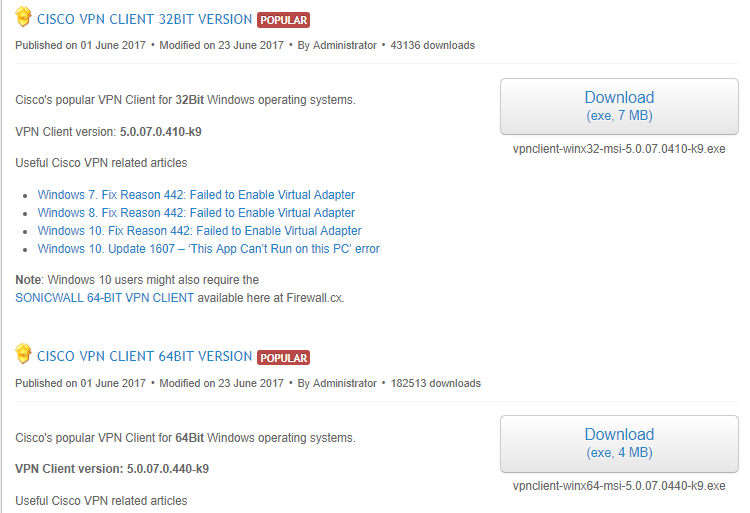

Since XP mode doesn’t offer a separate file explorer utility that can be opened from the Windows 7 start menu, this posed a bit of a problem. Therefore, I found that, once I had the VPN connection established, I needed to somehow open the XP file explorer to access my network drives. are available between the two operating systems, it seems that the VPN connection is not shared from the XP virtual machine to the host operating system. Unfortunately, however, I couldn’t seem to access any of my network shares once I had the VPN client up and running and got connected to my employer’s VPN.Īlthough XP Mode is supposed to be fairly seamlessly integrated with the rest of Windows 7, and all of your files, etc. In the dropdown menu for Adapter 1, choose your network adapter rather than the default of “Shared Networking (NAT)”.Select the “Networking” menu item from the left column.Then, right-click on the Windows XP Mode virtual machine file (Windows XP Mode.vmcx) and choose Settings from the context menu.To do this, open Windows VirtualPC by navigating to it in your start menu.Change the XP VM’s settings to use your network adapter rather than a virtualized network adapter (not sure if this step is necessary or not).

CISCO VPN CLIENT 5 INSTALL
Open Windows XP Mode and install the VPN Client inside of the virtual machine (VM).Download and install Windows XP mode for Windows 7.That basically boils down to the following steps: Some of the articles indicated that the VPN client should be run inside of XP Mode. I started Googling and found a few different possible solutions. Since An圜onnect didn’t look like a viable option in my case (after all, there are only about 5 of us using 64-bit systems, and the current VPN setup works pretty well for everyone else that’s using it), I started looking for other solutions. The catch is, of course, that the entire network needs to be updated and reimplemented in order to use An圜onnect it’s not something that one or two users can do on their own computers.

An圜onnect, from what I can tell (I am by no means an expert, so please forgive me if I’m wrong), is a new VPN server that deploys its own client whenever someone connects to it. Instead, Cisco chooses to strong-arm its clients into purchasing a Cisco An圜onnect.
CISCO VPN CLIENT 5 UPDATE
As you may or may not know, Cisco has no plans to ever update the VPN Client software to work on 64-bit Windows systems. For about the past six months, I’ve been trying on and off to get Cisco VPN Client to run successfully on my computer.


 0 kommentar(er)
0 kommentar(er)
